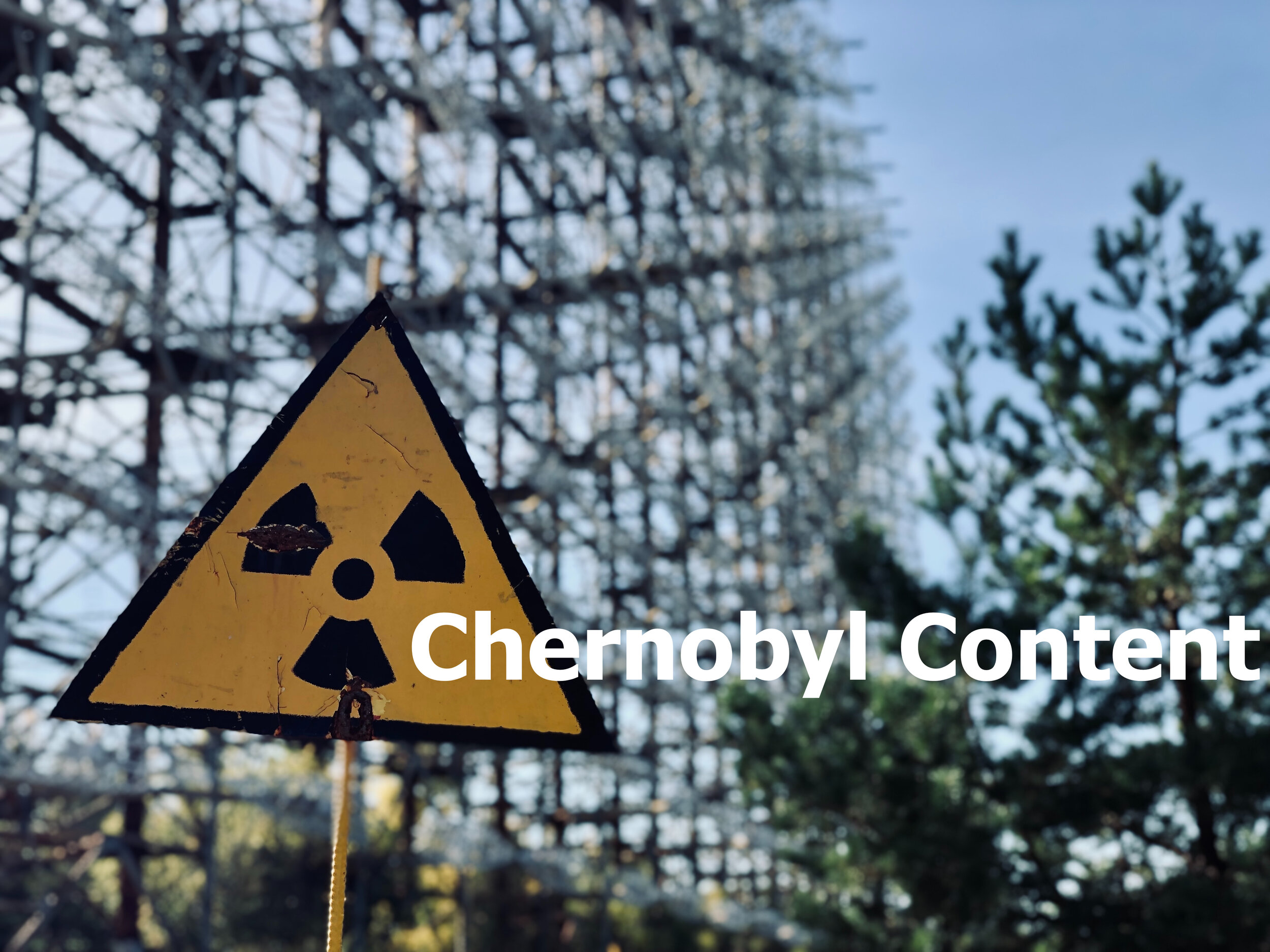
Below, you will find an ever-growing collection of Chernobyl-related videos, posts, and editorials. We are always adding to our site. So, if you know of anything that should be added, feel free to email us on the contact page.
In 1957, a massive nuclear accident took place at the top secret Mayak nuclear station in the Soviet Union. At the time, it was the largest nuclear disaster in history. So why has no one heard of it?
Soviet doctors treating Chernobyl-exposed suddenly had an unwelcome crash course in this medical problem. They found that radioactive contaminants, even at relatively low levels, infiltrated the bodies of their patients, who grew sicker each year. Gradually, health officials understood they had a public health disaster on their hands. Thousands of archival records document the catastrophe. Ukrainian doctors registered in the most contaminated regions of Kiev province an increase between 1985 and 1988 in thyroid and heart disease, endocrine and GI tract disorders, anaemia and other maladies of the blood-forming system.
Much of what’s known about the health impacts of radiation comes from studies of acute exposure — for example, the atomic blasts that leveled Hiroshima and Nagasaki in Japan or the nuclear disaster at Chernobyl in Ukraine. Studies of those events provided grim lessons on the effects of high-level exposure, as well as the lingering impacts on the environment and people who were exposed. Such work, however, has found little evidence that the health effects are passed on across generations.
Eager to maintain its energy policy in the wake of the 1986 Chernobyl disaster, Japan made sure concerns about nuclear technology were downplayed at the 12th Group of Seven summit it chaired in Tokyo days after the disaster, according to Japanese diplomatic records declassified Wednesday.
Three Mile Island, Chernobyl, and the recent developments at the Fukushima Daiichi reactors as well as the possible restart of more atomic reactors in Japan were the topics of discussion when Nuclear Free Future host Margaret Harrington invited Fairewinds Chief Engineer Arnie Gundersen and Program Researcher Ben Shulman-Reed to join her on the CCTV program.
Spring: The Season of Nuclear Disaster – Three Mile Island, Chernobyl, Fukushima Daiichi was the title of the April 4, 2017 tele-briefing hosted by the Nuclear Information and Resource Service (NIRS) and guest speaker Fairewinds’ Chief Engineer Arnie Gundersen
Fukushima, Japan, is seeing solar panels sprout up near that country’s stricken nuclear power plant. It seems that there is a trend underway, in widely scattered parts of the world, that have atomic power disasters in common. But is it really advisable to have solar generating facilities in the exclusion zones created by a nuclear catastrophe?
Do children suffer worldwide from atomic power? Absolutely. CCTV host Margaret Harrington anchored a panel with Maggie Gundersen, Caroline Phillips, and Chiho Kaneko from Fairewinds Energy Education to discuss the health risks to children around the world from operating nuclear power reactors and their burgeoning waste.
Fairewinds’ President Maggie Gundersen and award winning Vermont author Chris Bohjalian, discuss what life would be like if a nuclear meltdown occurred at a nuclear power plant in Vermont.
In April of 2015, Fairewinds’ Chief Engineer, Arnie Gundersen and the Fairewinds crew headed to Quebec City for the World Uranium Symposium. In this presentation, Arnie shares how the nuclear industry refused to learn from their own mistakes and repeated the same failures at Fukushima Daiichi that caused widespread devastation at Three Mile Island and Chernobyl.
As a Peace Corp Volunteer, Spencer was advised not to swim in the lakes, not to eat foraged berries and mushrooms, and definitely not to drink the water due to residual traces of radioactive chemicals from Chernobyl, which remains to this day an uninhabitable radioactive zone.
Maggie and Arnie speak at The Green Mountain Global Forum about the risks of living near one of the twenty-three US nuclear reactors that are identical to the four that exploded at Fukushima Daiichi (Mark 1 Boiling Water Reactors).
In order to produce more nuclear electricity, the nuclear corporations and proponents need you to believe that nuclear power is safe, no one has ever died or become ill from nuclear power accidents, nuclear power will counteract global warming, and it is the cheapest form of power. Listen to Fairewinds’ Arnie Gundersen tell you the truth about these myths.
Arnie and Maggie discuss their recent travels to Italy to take part in and to view an opera on the Three Mile Island nuclear power plant accident, entitled "La cortina di fumo" ("the smoke curtain").
Japanese authorities are now admitting Chernobyl-level releases as the plant continues to leak radioactive gases and liquids.
Similarities among the Chernobyl, Three Mile Island, and Fukushima nuclear accidents and how Governments are once again limiting public access to accurate radiation dose information
In the wake of the Fukushima Daiichi meltdown, Arnie Gundersen is interviewed by Sharif Abdel Kouddous at Democracy Now.



















